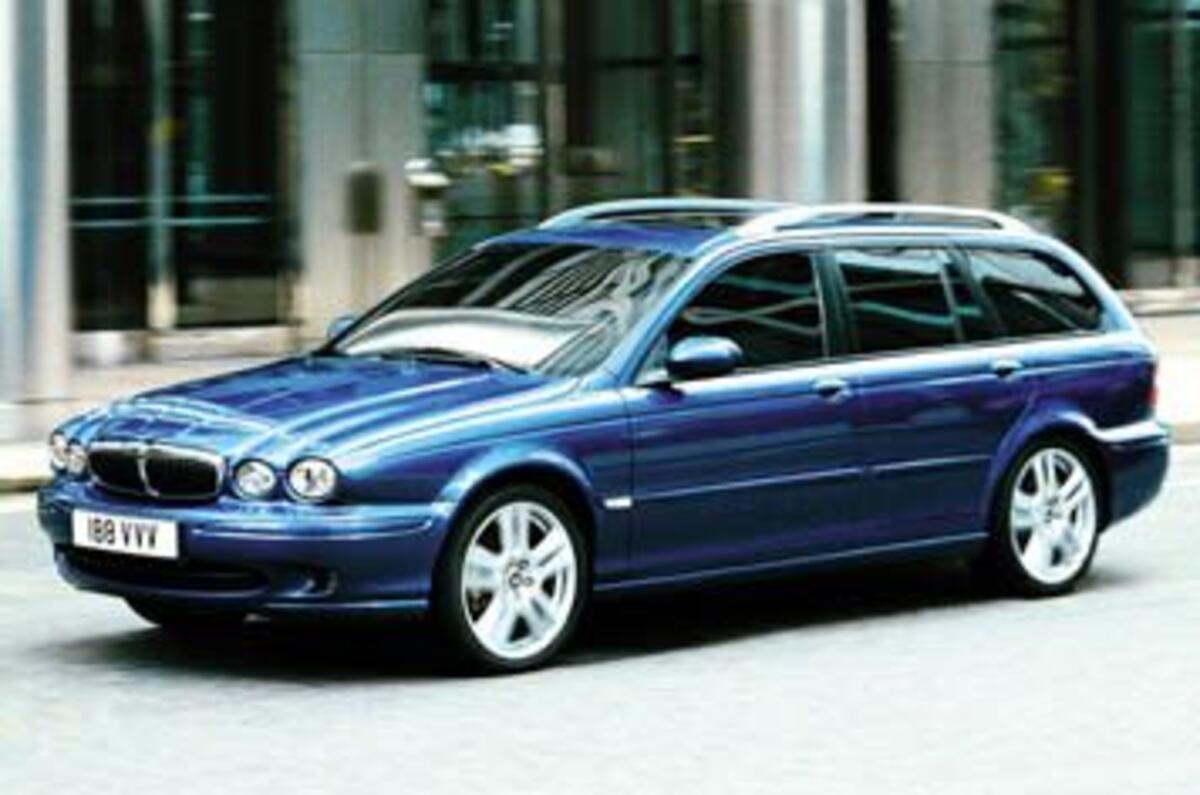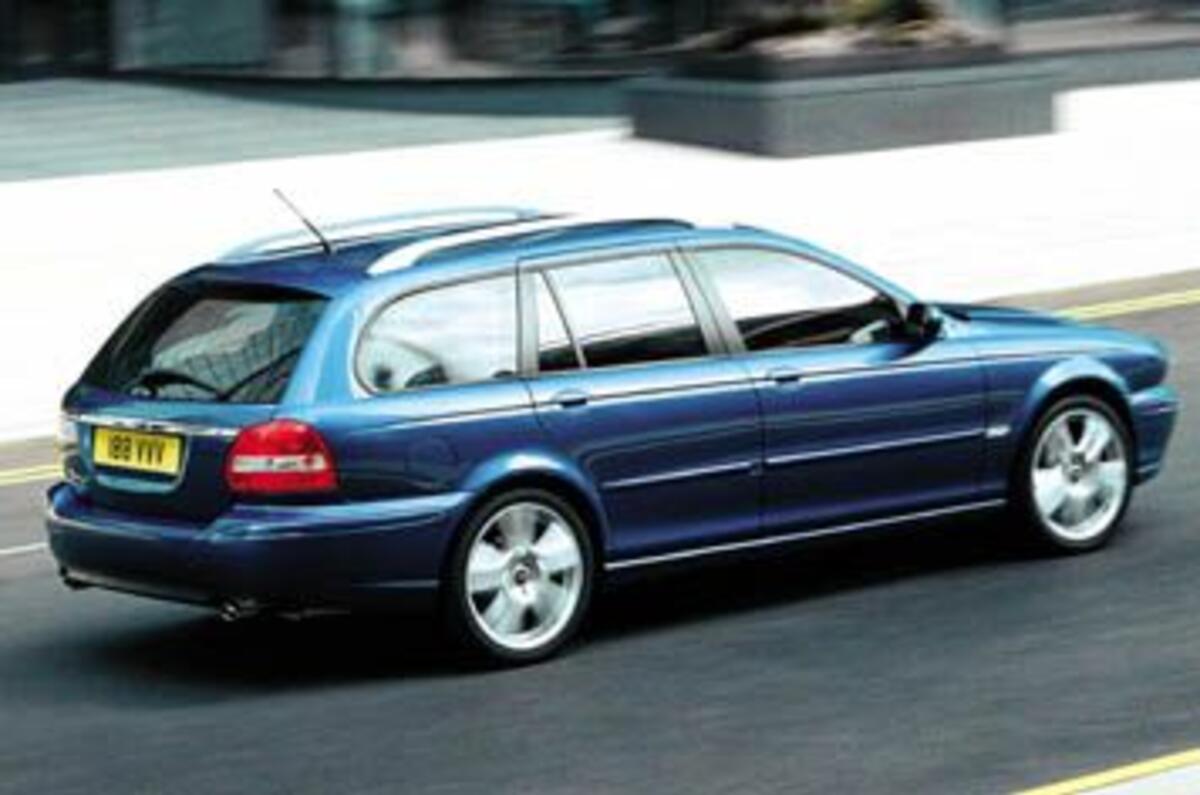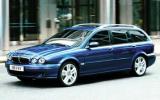In all the acres of information Jaguar provides on this, its new and broadly impressive X-type estate, one little fact comes shining through which explains why, far from an estate being a questionable body style to bear a leaping cat badge, Jaguar simply had to build it.
It is this: ‘Research has revealed that those buying an estate car today are, on average, significantly younger than their saloon car counterparts.’ When your company is desperately trying to persuade bright young things to put their foot on the first rung of your hierarchical ladder and all you have is saloons (and one expensive coupé) at your disposal, the argument to do an estate must seem nearer an imperative.
But while the X-type estate is an undoubted late arrival in the premium compact estate market, there is nothing at all rushed or ill-conceived about its execution. Brand new from rear bumper to B-pillar, it bequeaths upon the X-type a much-needed dash of style, a commodity through which the ugly duckling X-type saloon does not exactly wade knee-deep.
On the practical side, Jaguar says that, seats down (though that should be ‘almost down’ as they do not fold completely flat), it has the largest load area in the class and that it is ‘competitive’ with the seats up. But as its chief rivals in the class – the Audi A4 Avant, BMW 3-series Touring and Mercedes C-Class estate – all have notably un-estate-like boots, ‘competitive’ should not be mistaken for capacious.
Still, the load area is sensibly proportioned, helped by the raised roof line, and is notably free of suspension intrusion – free enough for there to be no doubt that the X-type was designed for estate purposes from its earliest days. There’s underfloor storage and further cubby holes in the sides of the boot.
When it came to driving, the job sheet charged Jaguar’s engineers with replicating the saloon’s largely impressive dynamics and, if the diesel version is representative of the range as a whole, then it’s a job well done. The saloon’s exceptional torsional rigidity has been retained, while the extra 65kg of weight slung out the back has been accommodated by a subtle but detailed reappraisal of spring, damper and bush rates. ‘If we’ve done our sums right, you should have to look over your shoulder to tell it’s an estate,’ says Jonathan Carling, the X-type’s chief programme engineer. So far as I can tell, his maths are faultless.
Indeed, with diesel power and a, now at least, half-attractive body (the back half), this is an easy winner of the best X-type yet contest. Given the rattle it makes in the Mondeo, the refinement that Jag’s engineers have brought to the 128bhp, 2.0-litre engine is astonishing, while its impressive torque and near 50mpg consumption make its case more persuasive still. Were the engine Euro4 compliant (and therefore exempt from the three per cent company car tax surcharge) it would make a truly compelling company steer.
Even as it is, it’s a pleasant and capable device, though it remains to be seen whether being merely pleasant and capable is enough to persuade the public to desert their 3-series Tourings in favour of a concept as novel as a Jaguar estate. There’s no doubt in my mind that the BMW remains the better car, but for anyone looking for something to avoid the predictability and ubiquity of a German compact estate, this new X-type has a great deal to commend it.













Add your comment